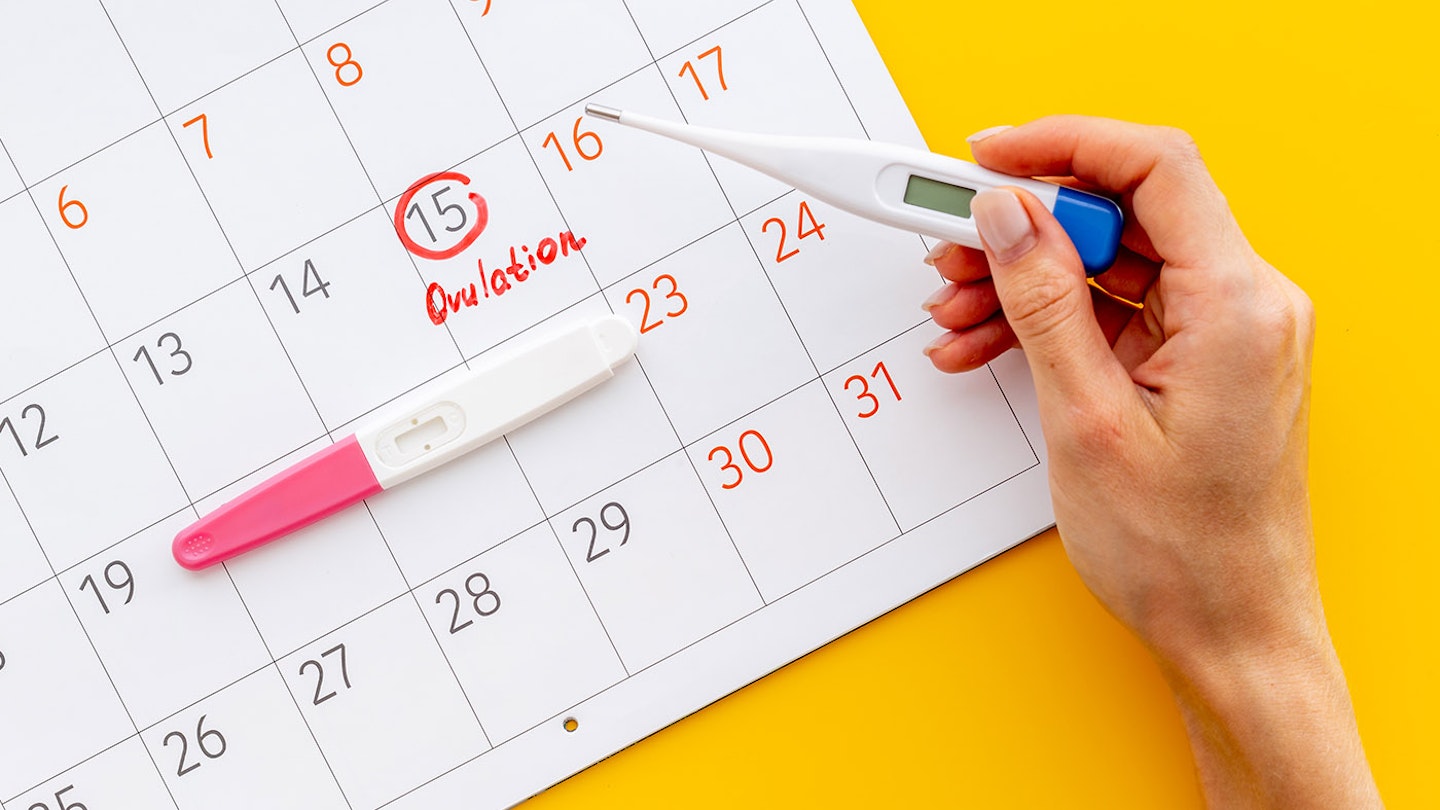Bodies are complicated things and it's understandable you might want to avoid putting anything extra in your system when it comes to contraception, preferring to take a more natural approach.
What is natural contraception?
Put simply, natural contraception refers to any method of birth control which does not use barriers, hormones or surgery to prevent pregnancy. This can help you whether you are wanting to get pregnant or want to avoid it!
Natural contraceptive methods
Typically, natural contraceptive methods involve identifying the symptoms and signs that you are fertile so that you can plan or avoid pregnancy.
The three different fertility signals you can keep an eye on and record are:
• The length of your menstrual cycle - using an ovulation calculator to work out your fertile days is a good idea
• Daily readings of your body temperature
• Changes to your cervical mucus
You should aim to keep an eye on all three of these to give you a more accurate reading of when you are at your most fertile. It can be helpful to use a fertility chart or app to track your fertility signals.
Your menstrual cycle and ovulation
Tracking your cycle means that you can calculate when you're most likely to be fertile although you need to allow for uncertainty over exactly when you ovulate as the length of a menstrual cycle can vary over time. This is why you should measure your menstrual cycle over the course of 12 months to make sure your calculations are as accurate as possible.
Basal body temperature readings
This method involves taking your temperature every morning before you get out of bed and before eating, drinking and smoking. Ideally, you should do this at the same time every morning.
You'll need to use either a digital thermometer or a thermometer that is specifically designed for purpose, ear or forehead thermometers are not suitable.
This method is used as there's a small rise in body temperature after ovulation. The increase in temperature is very small, usually around 0.2C (0.4F).
Cervical mucus monitoring
There is a change in the amount and texture of your cervical mucus during different times in your menstrual cycle which can help you determine whether you are fertile or not.
At the start of the fertile period of your menstrual cycle, you'll produce mucus that is moist, sticky, white and creamy.
Before ovulation (when you're at your most fertile), you'll notice your mucus will get wetter, clearer and slippery, similar to raw egg white.
How effective is natural contraception?
While highly effective if followed correctly, 1 to 9 women in 100 in one year will still get pregnant, occurring when the methods are followed incorrectly. It's important to know this if choosing natural contraception as a birth control option. A good option if you are wanting to prevent pregnancy would be to use condoms alongside the three fertility signals.
You should always speak to a medical professional before undertaking natural contraception.
Benefits of natural contraception
• It does not cause any side effects
• Can be used either to avoid pregnancy or to become pregnant
• Does not involve chemicals or physical products
• Can help you recognise normal and abnormal vaginal secretions, so you can be aware of potential infections
• Is cost-free
Negatives of natural contraception
• Does not protect against STIs
• Stress, illness, travel, lifestyle and hormonal treatments can disrupt your fertility signs, making your fertility signs confusing to understand at times
• You'll need to avoid sex, or use contraception such as condoms, during the time you might get pregnant. If you decide to abstain, there may be up to 16 days during which you cannot have sex
• Less effective than other methods if not followed accurately
• You'll need to keep a daily record of your fertility signs
Popular articles to read next
Your fertile window: Understanding when you’re at your most fertile
